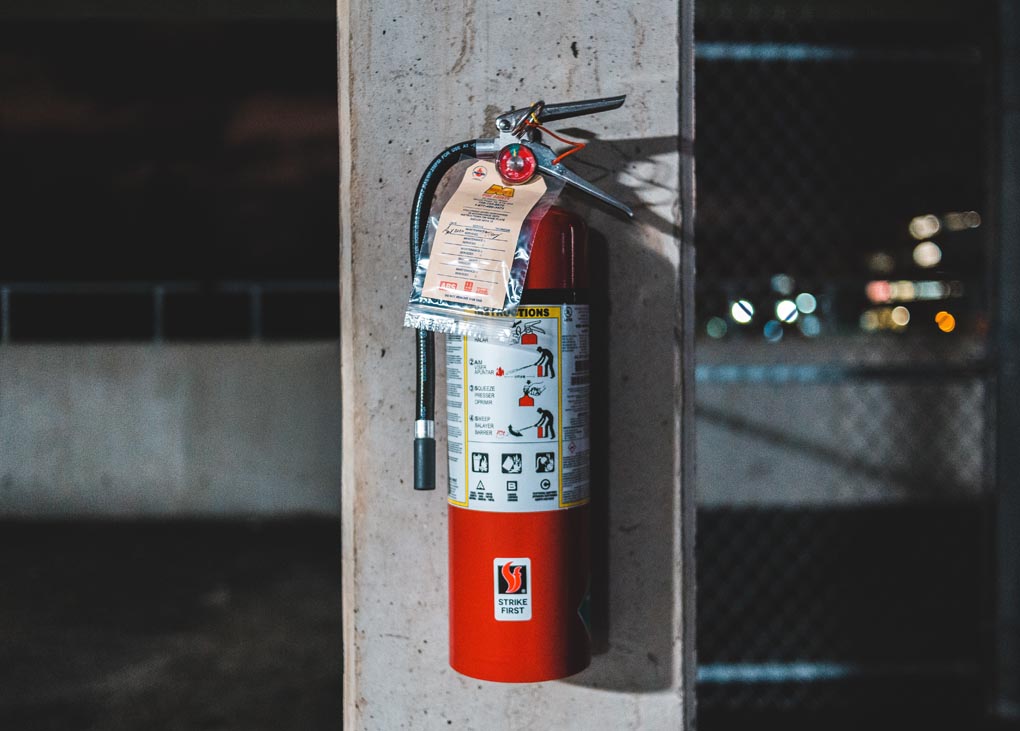The NSW government has made important changes to its fire safety regime to address shortcomings of the system.
The Fire Safety Regulation 2022, published in December 2022, requires engineers to seek comment from the Fire Commissioner when developing performance solutions for Class 2–9 buildings, ensuring that the NSW fire authority is more engaged in the design phase for proposed building works.
New templates and procedures have been introduced to improve the accuracy and effectiveness of fire safety schedules. And building owners must ensure that fire safety measures are maintained in line with AS 1851–2012, or, where a performance solution has been used, with the performance solution.
Also, the commissioning of fire safety systems will need to be performed by an “accredited fire safety professional”, who must ensure not only that systems have been installed as per the design, but that they are performing correctly.
The Fire Safety Regulation forms part of the response to a report produced in 2021 that provided recommendations on how to improve fire safety in new and existing buildings.
The response from industry has generally been positive.
“It seems like a great response to real-world problems,” says Brett Fairweather, M.AIRAH, from It’s Engineered. “I’m looking forward to it and seeing how well the industry embraces these changes.
“I’m particularly looking forward to seeing the way fire safety schedules will be better managed and the standardising of the way those scheduled systems are maintained – and recorded. This should be a really good outcome for building owners and the community. Another step towards national consistency!”
Fairweather notes, however, that although validating system performance before handover will prevent many problems, it will also require extensive skills and experience in both design and testing – to know what’s required and then know how to prove it is operating correctly.
“There aren’t too many practitioners in some fields with both skillsets yet,” he says, “so this will be an interesting, but important, step for the industry to manage.”
Information about the key changes in the Fire Safety Regulation 2022, when they commence and who is affected by the changes is now available on the Fair Trading website.
Photo by Erik Mclean on Unsplash
 Mark Vender
Mark Vender


Leave a Reply